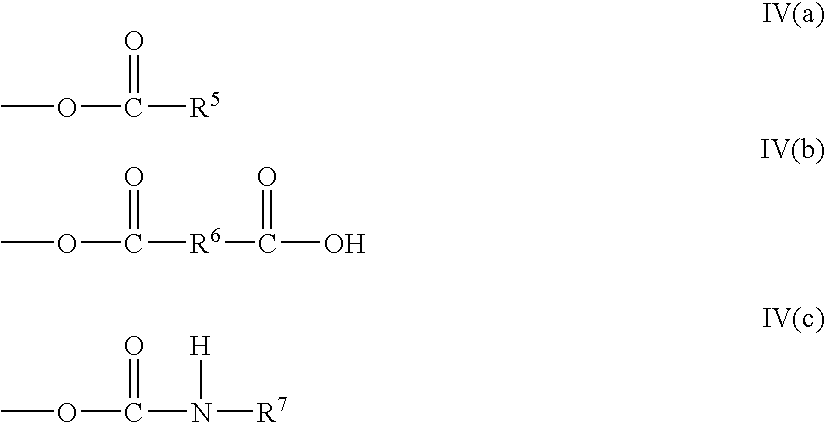Modifiers for gypsum slurries and method of using them
a technology of gypsum and slurries, which is applied in the field of improving gypsum products, can solve the problems that polycarboxylate dispersants are often one of the most expensive components of products, and achieve the effects of improving the efficacy of dispersants, reducing the amount of water used, and reducing the dosage of dispersants
- Summary
- Abstract
- Description
- Claims
- Application Information
AI Technical Summary
Benefits of technology
Problems solved by technology
Method used
Image
Examples
example i
[0064] Tests were conducted to determine the effect of the addition of potassium carbonate on two different dispersants. In each of the following samples, a gypsum slurry was made from 400 grams of stucco from Southard, Okla., 180 grams of water and 0.2% dispersant based on the dry weight of the stucco. The dispersant type and amount of potassium carbonate are shown in Table I below, together with the results of the patty size and the stiffening rate tests.
TABLE IPotassiumStiffeningDispersantCarbonate, gPatty Size, cmTime2110.630.36:002110.019.82:05Melflux 2500L0.626.010:30 Melflux 2500L0.015.52:35
[0065] As is seen in the data in Table I above, the addition of potassium carbonate increases the slurry fluidity as evidenced by the increase patty size. The modifier addition also retarded the stiffening time compared to the samples where no potassium carbonate was used.
example 2
[0066] Tests were run to determine the effect of lime on dispersant MELFLUX 2500L with two different stuccos.
TABLE IIWater to Stucco Ratio at GivenDispersant DoseStuccoLime0.0%0.05%0.11%0.22%Shoals00.650.640.580.50Shoals0.25%0.680.610.520.41Galena00.600.530.450.39Galena0.25%0.640.500.390.30
[0067] Tests presented above show that lime is an effective modifer with stuccos from Shoals and Galena Park.
example 3
[0068] Soda ash was tested in the laboratory for suitability as a modifier. The amount of water listed in Table III, the water demand, was added to 50 cc of board stucco, a beta-calcined hemihydrate. This amount of water was selected to produce a standard 3-¾″ patty when the stucco, dispersant, modifier and water were combined. The dispersant was added at the rate of 1.5# / MSF on a solids basis as if it were being added to the slurry for a ½″ wallboard. The dispersant was a PCE211, two-repeating unit dispersant, identified as PCE49.
[0069] Sodium carbonate was added at the concentrations shown in Table III, ranging from none to 0.6% by weight based on the weight of the dry stucco. The water demand and the set time are shown in Table III.
TABLE IIINa2CO3cc Water AddedSet Time 0.0%52170.05%47170.10%45170.20%45150.40%47110.60%5011
[0070] Up to and including, 0.2%, the amount of water needed to make a patty of standard diameter decreases as the amount of the modifier increases. At 0.40% ...
PUM
| Property | Measurement | Unit |
|---|---|---|
| Fraction | aaaaa | aaaaa |
| Fraction | aaaaa | aaaaa |
| Fraction | aaaaa | aaaaa |
Abstract
Description
Claims
Application Information
 Login to View More
Login to View More - R&D
- Intellectual Property
- Life Sciences
- Materials
- Tech Scout
- Unparalleled Data Quality
- Higher Quality Content
- 60% Fewer Hallucinations
Browse by: Latest US Patents, China's latest patents, Technical Efficacy Thesaurus, Application Domain, Technology Topic, Popular Technical Reports.
© 2025 PatSnap. All rights reserved.Legal|Privacy policy|Modern Slavery Act Transparency Statement|Sitemap|About US| Contact US: help@patsnap.com



